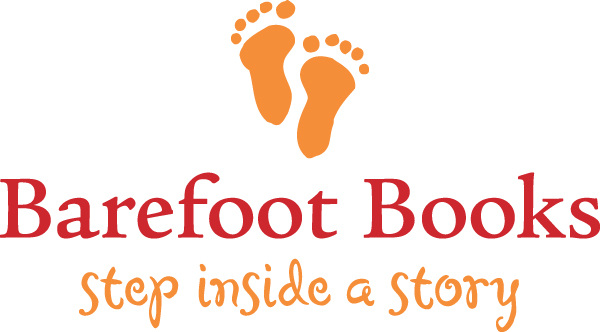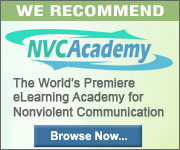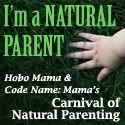The ideals of minimalism have long resonated with me in many ways. I love the idea of simplicity and the counter-focus of materialism. During my time abroad, I lived with minimal personal possession some what out of necessity and some what choice; while I could have carried more, I loved the freedom and the less worry I felt from having less. But I also knew that it was temporary because I could return back home to all my other possessions at the end.
Motherhood has been far from minimalist. Some times looking at my child’s seemingly endless toys covering the room (or the entire house) it is overwhelming. I need order, cleanliness, and simplicity. As much as I would love to just go into her room and clear out, I tried to approach minimalism with the same perspective that I try to approach all aspects of parenting: role modeling. I first have to look at myself. I took a good look at my things, took a mental inventory of exactly what I hold onto, and with a critical eye, I asked myself if I really need it.
I’ll be honest, I have quiet a large collection of books. I just love reading. I love having books; I get comfort from feeling that their knowledge is always close at hands should I need it. So I have a hard time letting go of my books.
On the other hand, I also have quiet a large collection of clothes; my collection is well above 150 pieces. Including, those pre-pregnancy clothes that I hope to wear again. However, unlike my love of books, I definately do not have a love of clothes or fashion. I dread shopping in all forms. And I can (and usually do) wear yoga pants everyday. So why do I have so many pieces of clothing?
I decided that this was an area I was willing to work on. I’m willing to let go of clothes. If I just start with one item, one room, one at a time, it is much less overwhelming. I’m trying to approach minimalism in a gentle way. When we are use to living in a materialist culture, its easy to get swept way with that tide.
After leading my first meetup, I found myself wondering the best ways of supporting these families and children in their experience with nature.
Some of the families are very unfamiliar with the types of activities we are doing; their kids don’t spend much time outside in nature and the families sometimes appear hesitant and uncomfortable. During our meetup, there were seven year old and three year old siblings who asked a few times “what are we doing here” and “when can we go back to the park/home.”
My thoughts having been focusing on what the most gentle, easy-going, and fun ways to provide families with a meaningful nature experience. The biggest struggle I see is maintaining a balance between unstructured time in nature and the fact that some families might feel overwhelmed when they’re essentially thrown out into something different with no idea what to do. While this unfamiliar-ness and new found freedom might be exactly what they need, I don’t want it to be so overwhelming that they don’t return in the future.
My thought was that perhaps I could bring a mix of structure/unstructured and familiar with unfamiliar. The idea of an opening activity might help ease some of the unease of new people and new places. I’ve been considering trying a scavenger hunt or geocaching activity and I know some of the other groups have done outdoor art projects as well.
[Originally written October 7, 2013. It’s been a busy months and we’ve had three other get-togethers since I wrote this, but these are my initial reflections]




 RSS Feed
RSS Feed